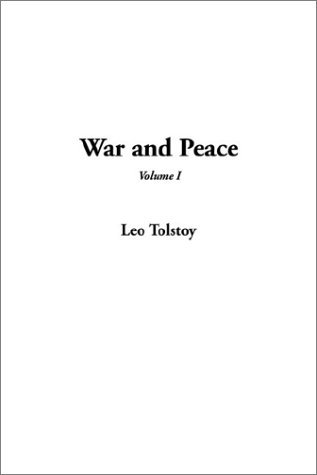
The Cossacks and Other Stories
Book Description
Amidst the tumult of war and the whispers of untamed landscapes, love and loyalty clash in unexpected ways. The Cossacks, fierce and free, navigate the tensions of their lives, where passion ignites and friendships fracture under the weight of fate. Each story unravels a tapestry of raw emotion, as characters grapple with honor, betrayal, and the eternal search for belonging. With every twist and turn, the beauty of the steppe contrasts sharply with the complexity of the human heart. What sacrifices will they make for love, and what price comes with the pursuit of freedom?
Quick Book Summary
"The Cossacks and Other Stories" by Leo Tolstoy transports readers to the windswept Russian steppe, capturing the conflict between the simple, centered lives of the Cossacks and the turmoil of outsiders seeking meaning. The titular novella follows Olenin, a young Russian nobleman, who immerses himself in the Cossack world, only to find his ideals about love, honor, and happiness challenged by their earthy realism and his own naivety. The collection's additional stories expand on themes of moral struggle, the harsh realities of war, and the yearning for freedom, exposing the contradictions of human nature. Tolstoy’s unmatched observation of character, landscape, and inner thought weaves a vivid tapestry where desire, betrayal, and the pursuit of belonging collide relentlessly, leaving readers with profound reflections on the costs of passion and the meaning of home.
Summary of Key Ideas
Table of Contents
The Search for Belonging and Identity
The yearning for belonging and the quest for personal identity drive Tolstoy's characters, especially in "The Cossacks." Olenin flees Moscow’s artificial society in search of authenticity among the free-spirited Cossacks. He imagines a new self shaped by the wild landscape and simple, honest people. Yet, as he immerses himself in their world, the limits of his idealism surface and he remains an outsider—unable to bridge the gulf completely between his origins and the life he romanticizes. In other stories, characters similarly seek their place in the world, questioning the meaning of home and the roots of happiness.
The Contrast Between Nature and Civilization
Tolstoy paints the natural setting as both alluring and indifferent, a backdrop that shapes his characters' fates. The untamed Caucasus steppe stands in stark contrast to the constraints of Russian urban society. Nature is depicted as a force offering freedom but also serving as a crucible, testing resolve through war and hardship. The Cossacks themselves are figures tightly interwoven with their environment: their horsemanship, rituals, and everyday life demonstrate an unspoken harmony with the land, but also reveal the isolation and limitations that come from resisting change.
Love, Loyalty, and Sacrifice
Love and loyalty form emotional battlegrounds throughout the collection. Olenin's infatuation with Maria, the Cossack girl, exposes the boundaries of cultural understanding and the pain of unrequited love. Across other stories, characters face dilemmas where personal desires collide with loyalties to family, tradition, or comrades. These conflicts often end in sacrifice or disappointment, highlighting the inevitability of compromise and the unpredictability of the heart in the face of passion and duty.
War and Moral Ambiguity
The specter of war haunts the text, infusing daily existence with tension and forcing characters into morally ambiguous situations. Military service among the Cossacks is depicted not with glorification, but with a focus on its psychological toll, the futility of violence, and the erosion of innocence. Tolstoy’s soldiers grapple with fear and bravado, experiencing moments of both camaraderie and alienation, questioning not only the enemy but their own role and motivations in conflict.
Freedom Versus Social Constraint
Underlying everything is the tension between freedom and social constraint. While the Cossacks seemingly enjoy unbridled autonomy, their lives remain governed by unwritten codes and communal expectations. Olenin’s attempts to reinvent himself are thwarted by the pull of his past and the resistance of the Cossack world to outsiders. Ultimately, the stories reveal the paradox that freedom is circumscribed by belonging, and that true independence is elusive—always tempered by the invisible threads of custom, love, and loyalty that bind individuals to their communities.
Download This Summary
Get a free PDF of this summary instantly — no email required.





